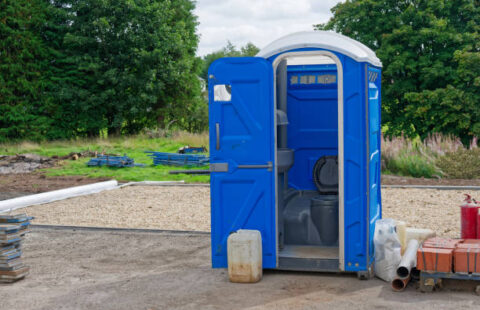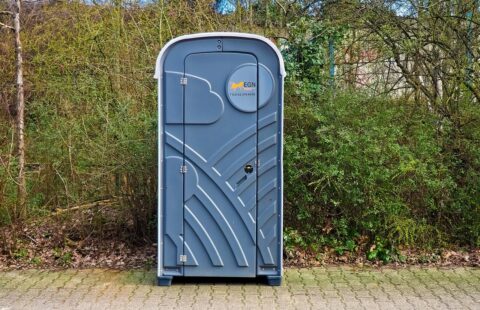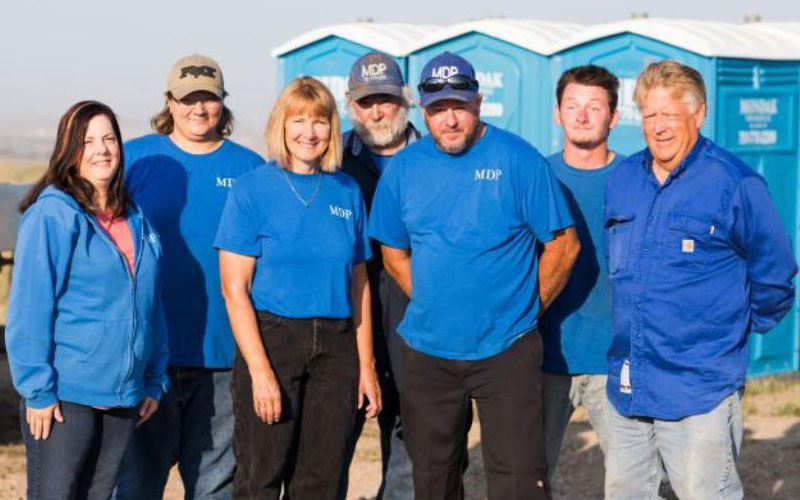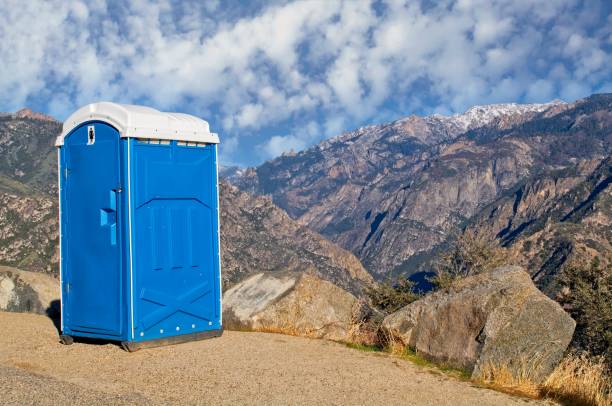
Understanding the Lifecycle and Environmental Impact of Portable Toilets
Protecting public health and the environment is made possible by portable toilets at construction sites and events all over America. Learning about the effects of portable toilets shows that they protect the environment and satisfy community needs.
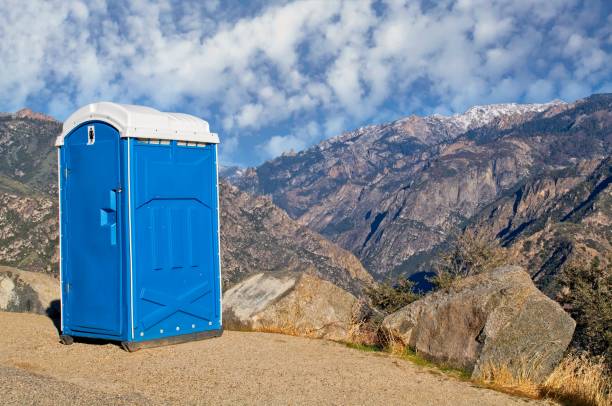
Manufacturing and Material Innovations
Today’s portable toilet manufacturers focus on creating products that reduce harm to the environment and ensure these toilets last a long time. Polyethylene plastics are now used by industry to build tanks that endure both sunlight and many chemicals, allowing tanks to last 10-15 years with good maintenance. Many units now use recycled plastic, which greatly reduces the purchase of new, virgin plastic and encourages the sale of used plastics.
Using advanced molding causes no leaks and helps you maintain the building less often. Reducing the weight of delivery equipment means the fuel used during transportation becomes less. Color applicators used in plastic molds mean no extra finish needs to be painted, helping the unit to stay more attractive longer without extra care.
Water Conservation Benefits
Using portable toilets saves more water than the regular flush toilet systems. Normal portable units need no water, leading to the annual saving of thousands of gallons compared to standard restrooms. At construction sites, out in the open or far from water supply, sanitation is still simple without the need for a connection.
You will find that these toilets use less water than the usual in restrooms. Using only a little water, foot-pump flush models clean the toilet just as well as modern low-flow toilets which need 1.6 gallons each time. Many have foot pumps so that bathroom water is recycled and soaps break down easily.
Waste Management and Processing Advantages
Professional waste management companies handle the environmental impact of portable toilets through specialized collection and treatment processes. Vacuum trucks collect waste materials for transport to licensed treatment facilities, preventing ground contamination and protecting local water sources. Centralized processing allows for more efficient treatment compared to individual septic systems.
Modern treatment facilities process portable toilet waste alongside municipal sewage, utilizing existing infrastructure efficiently. Waste-to-energy programs at many treatment plants convert organic materials into renewable energy, creating positive environmental outcomes from waste processing..
Supporting Outdoor Recreation and Conservation
Portable toilets enable environmentally responsible outdoor recreation by preventing human waste from contaminating natural areas. National parks, hiking trails, and camping areas use portable sanitation to protect sensitive ecosystems while allowing public access. Leave No Trace principles rely on proper waste management, which portable facilities provide.
Wildlife protection benefits significantly from proper human waste containment. Natural water sources remain uncontaminated, protecting drinking water for wildlife populations and maintaining ecosystem balance. Soil contamination prevention preserves plant communities and prevents bacteria transmission that could affect animal health.
End-of-Life Recycling and Sustainability
The environmental impact of portable toilets extends through complete lifecycle management, including responsible disposal and recycling programs. High-density polyethylene components retain value for recycling into new products, creating circular economy benefits. Metal hardware components, including hinges, latches, and ventilation systems, enter standard metal recycling streams.
Refurbishment programs extend unit lifespans by replacing worn components while retaining structural elements. Professional restoration services can renew portable toilets to like-new condition, significantly extending service life and reducing replacement frequency.

